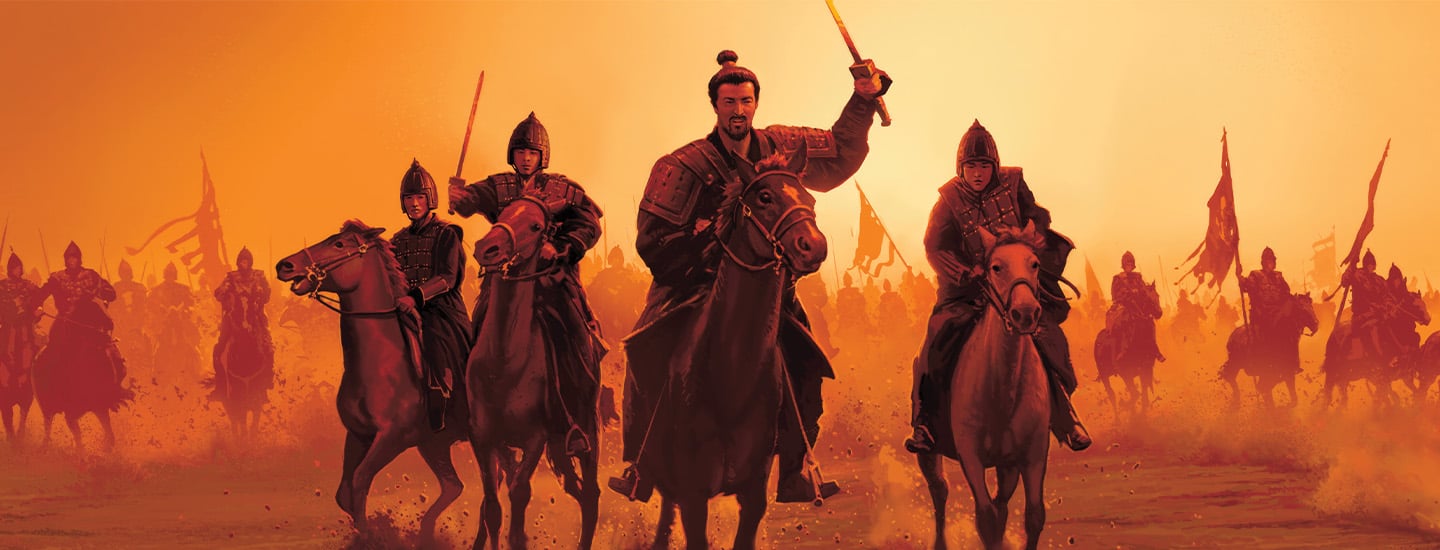Swords clanged. Arrows ripped through the air. The hooves of thousands of horses thundered across the blood-stained earth.
For the past 15 years, a young king named Zhao Zheng (jao jung) had waged war on the kingdoms of ancient China. He was determined to conquer them all, and he had a skilled army to help him do it.
By 221 B.C., victory was finally within reach. If Zheng’s army won one last battle, the powerful king would do what no one had ever done: unite China’s fiercely independent kingdoms into one mighty empire.
Swords clanged. Arrows ripped through the air. The hooves of thousands of horses thundered across the land. The ground was stained with blood.
For the past 15 years, a young king named Zhao Zheng (jao jung) had waged war on the kingdoms of ancient China. He was determined to conquer them all. And he had a skilled army to help him do it.
By 221 B.C., victory was finally within reach. Zheng’s army had to win one last battle. China’s kingdoms had been fiercely independent. But if this powerful king succeeded, he would do what no one had ever done: He would unite the kingdoms into one mighty empire.

